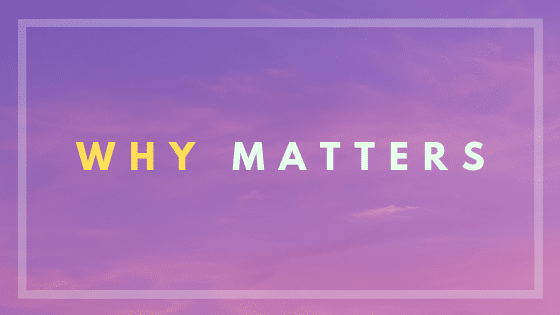Ethnography in Market Research: Somebody’s Watching Me
Effective market research requires multiple streams of data to uncover consumer behavior and motivations. Some are highly-structured and easily quantified. These include conversion rates, ad recall, app behaviors, etc. Others are more open and unstructured. These require either human or algorithmic interpretation to uncover their meaning. Think social media conversation analysis, focus group responses, one-on-one interviews. One market research method that combines some elements of both is ethnography.
McKinsey Opens a Store to Study Consumer Behavior
Ethnography is the study of culture or social phenomena by observing individual or small group behavior. It differs from other research methods in that OBSERVING is the key operating principle. Rather than make inferences from some quantitative metric, or ask a focus group what they do in some context, an ethnographer simply watches and records what people do. It has applications in social science, public policy, and other fields. Ethnography in market research looks specifically at how consumers behave when shopping, using products, discussing brands, etc.
One remarkable way to do this is by opening your own retail lab. A recent Fortune article details McKinsey’s project of opening its own store in the Mall of America. This will allow them to watch actual mall shoppers interact with and purchase their clients’ products in store. This isn’t the first experiment of this kind. Amazon, Nordstrom, and others have opened concept stores to test new models of retailing. However, it allows their product marketer clients access to this kind of insight.
Using Ethnography in Your Business
It can be easy and relatively-inexpensive to setup your own ethnographic research. You don’t even need a McKinsey engagement or your own pop-up store. Essentially you need observer(s), methods of data collection, and a research guide.
Recruiting observers is not hard. Junior people in your own organization or contractors are generally sufficient and cost-effective.
Ethnography is unstructured by nature. So trying to impose too much order with a point-by-point research guide is not helpful. However, there are likely some key behaviors you want to note. In a retail environment, for example, that might include:
- How much time buyers spend browsing before making a decision
- Whether they appear to have a decision already made or consider multiple options
- What times of day or week different demographics of shoppers arrive
However, planning ethnography as a simple form to fill in robs it of the power of seeing what happens spontaneously. So it is important to brief researchers that if some detail seems important to them, they should make a note.
Speaking of notes, data collection can involve writing, audio, and video recording. Respecting subjects’ privacy and not getting kicked out of the store are obviously key concerns. But allowing shoppers to behave naturally is important too, so being unobtrusive is a key skill for observers. Post-observation interviews are sometimes an option to gain additional insights.
Once observations are collected, a strategist must work out the key findings and insights. Like any other research method, ethnography is only as good as the recommendations it produces. Because it can fill in details other methods often leave empty, it can be an effective component of a market research program.
If you would like help tailoring your offering to your shoppers’ behavior and attitudes, let’s discuss ethnography and other methods that can lead to effective marketing strategies.


0 Comments